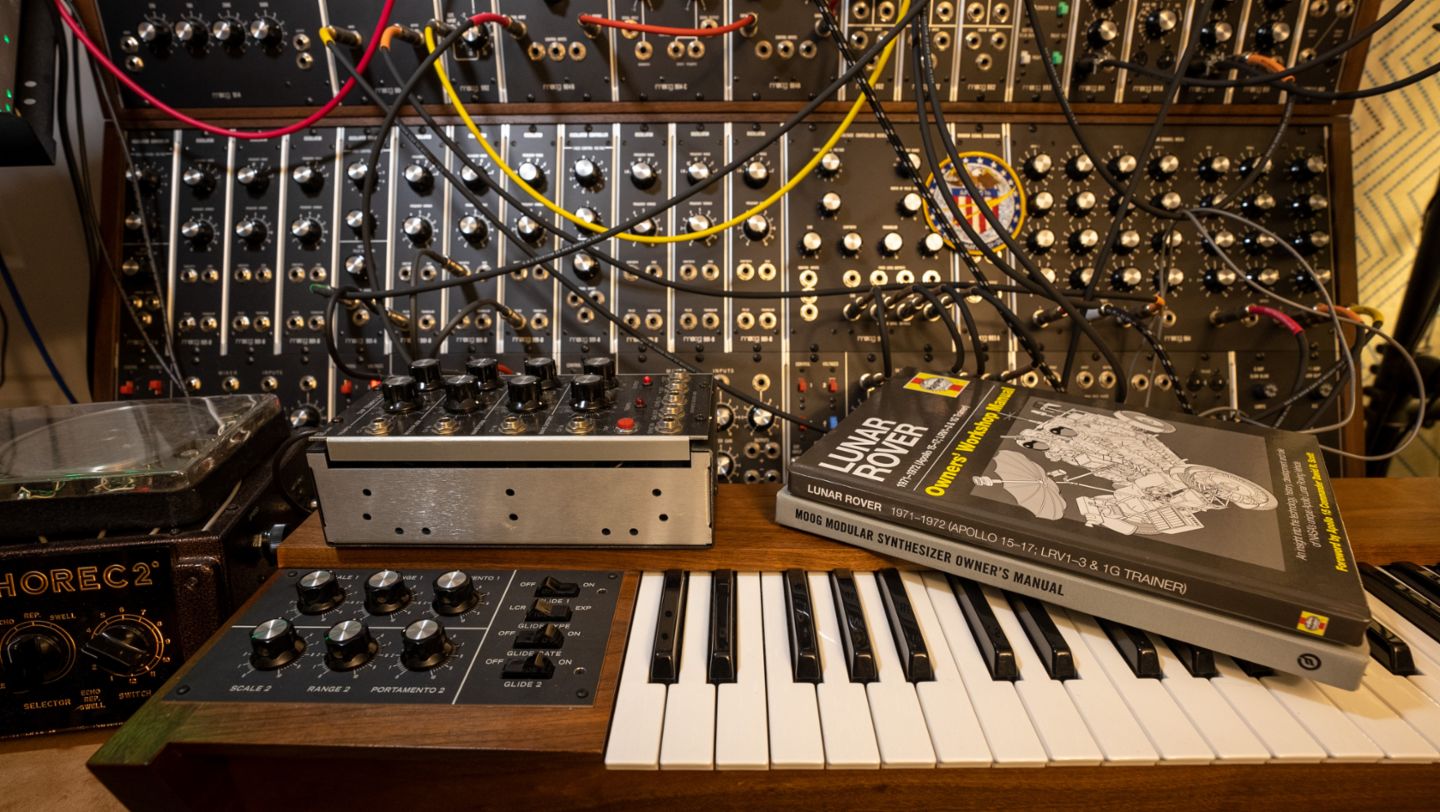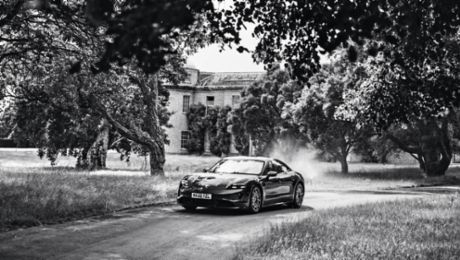In his cavernous basement studio in Columbus, Ohio, Matt Morton makes music that stirs the soul. Surrounded by walls of vintage and modern synthesisers, keyboards and computers, the 43-year-old composer has carved out a niche writing soundtracks to films and documentaries that are quite literally out of this world.
He recently composed a celebrated score for an award-winning documentary on the Apollo 11 moon landing, and just last month provided a pitch-perfect accompaniment to Porsche’s own film about astronaut Charlie Duke’s first experience in an electric vehicle – on earth, at least – in the Taycan. In it he transforms the sound of the car into music.
Morton’s musical career began at the age of nine when he began to play guitar. By the late 1990s he was part of a rock band that toured the US for nine straight years, during which time he became something of a multi-instrumentalist. But tiring of life on the road, he settled back home in Columbus and began writing for himself.
Great commitment to a subject
A self-confessed science obsessive, part of what makes Morton’s approach to composing unique music is the degree to which he commits himself to his subject. “One of my favourite things to do when I’m working on a project is to deep dive into the history,” he says.
“I guess I like to prepare like a method actor and really understand the importance of what I’m doing so I can tell the story better. So, for the film about the Taycan and the Lunar Rover, I geeked out on NASA and watched hours of content about the history of Porsche, which builds up to really understanding what you’re celebrating. If it’s going to come from your heart, you have to understand.”
Authentic sound for the Apollo 11 film
Morton’s work on the Apollo 11 film had already given him a significant head start. Determined as he was to create as authentic a sound as possible, he used only instruments that would have been available in 1969, including a recent reissue of the now legendary Moog IIIc synthesiser. This vast and complex system, which occupies an entire wall of Morton’s studio with a dizzying array or knobs and dials, was used by the likes of The Beatles and Keith Emerson and helped to revolutionise pop music half a century ago.
“The Porsche piece starts with my Apollo 11 palette pretty much,” Morton explains. “There are several layers of the Moog, the orchestra and piano, but as it goes on, after the vintage NASA stuff, we get to the part where Charlie Duke is about to drive the Taycan and you hear much more modern sounds, some of which came from the car itself. Some of the Taycan sounds I left unaltered, and some I mangled to the point that they started to become very synth-like. A well-tuned car can sound amazing to the ear. I just took this a step further and literally transformed the acceleration sounds of the Taycan into music, making them pulse with the beat and letting their rising pitch propel the music forward.”
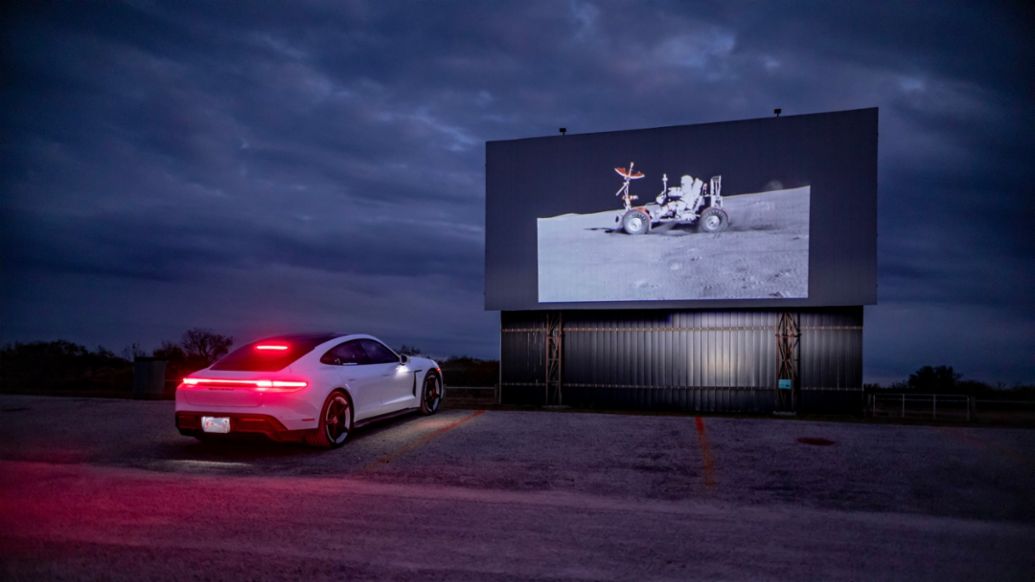
Porsche provided Morton with 13 separate sample recordings of the Taycan, from start-up and idle to heavy acceleration and braking. And what he found was as much about the marque’s history as its present or future.
“The Taycan has elements of what you’d imagine a spaceship of the future to sound like. But you can definitely hear the legacy of classic Porsche models in there too,” he says. “The sound of the 911. The sound of the race cars throughout the decades. There’s a little of that in there. But there’s the future in there too. The fact that the Taycan exists, and that technology is moving forward, doesn’t mean getting rid of a love of the classic stuff. Porsche can be a lot of things to a lot of people.”
Morton is extremely well placed to understand and embrace this dichotomy. His studio is a symbiosis of old and new technology. The Moog IIIc arrived shortly after the 911, creating its own unique sounds much like the original flat-six Boxer engine did. Half a century later, the technology is unrecognisable, but the significance of its roots, and our appreciation of the originals, could not be greater.
“Design moves on and the new products do things the old ones can’t and visa versa. I think it would be weirder if the Taycan tried to make the old sounds because then it would be trying to be something it’s not. Instead it’s doing something in a new way. Trying to be the future, which is cool.”
Morton's emotional connection to the Lunar Rover film
Morton’s fascination with past and future, not only through music but also across the spectrum of science and technology, enabled him to connect on a powerful emotional level with the Lunar Rover film. His respect for NASA, the bravery of the astronauts, and the ongoing advances in mobility that have seen the world of science fiction become fact on terra firma, was all an inspiration for him.
“The Apollo programme was an incredible achievement that today is looked at as almost commonplace. So a big part of my process is to convey just how significant it was. And that’s where the tempo of the piece came from. Big strings with tonnes of reverb and big long chords. I try not to be too heavy handed with the emotion but it’s a fine line when you’re working with former astronauts, NASA and Porsche. This is a cinematic love letter to the Lunar Rover.”
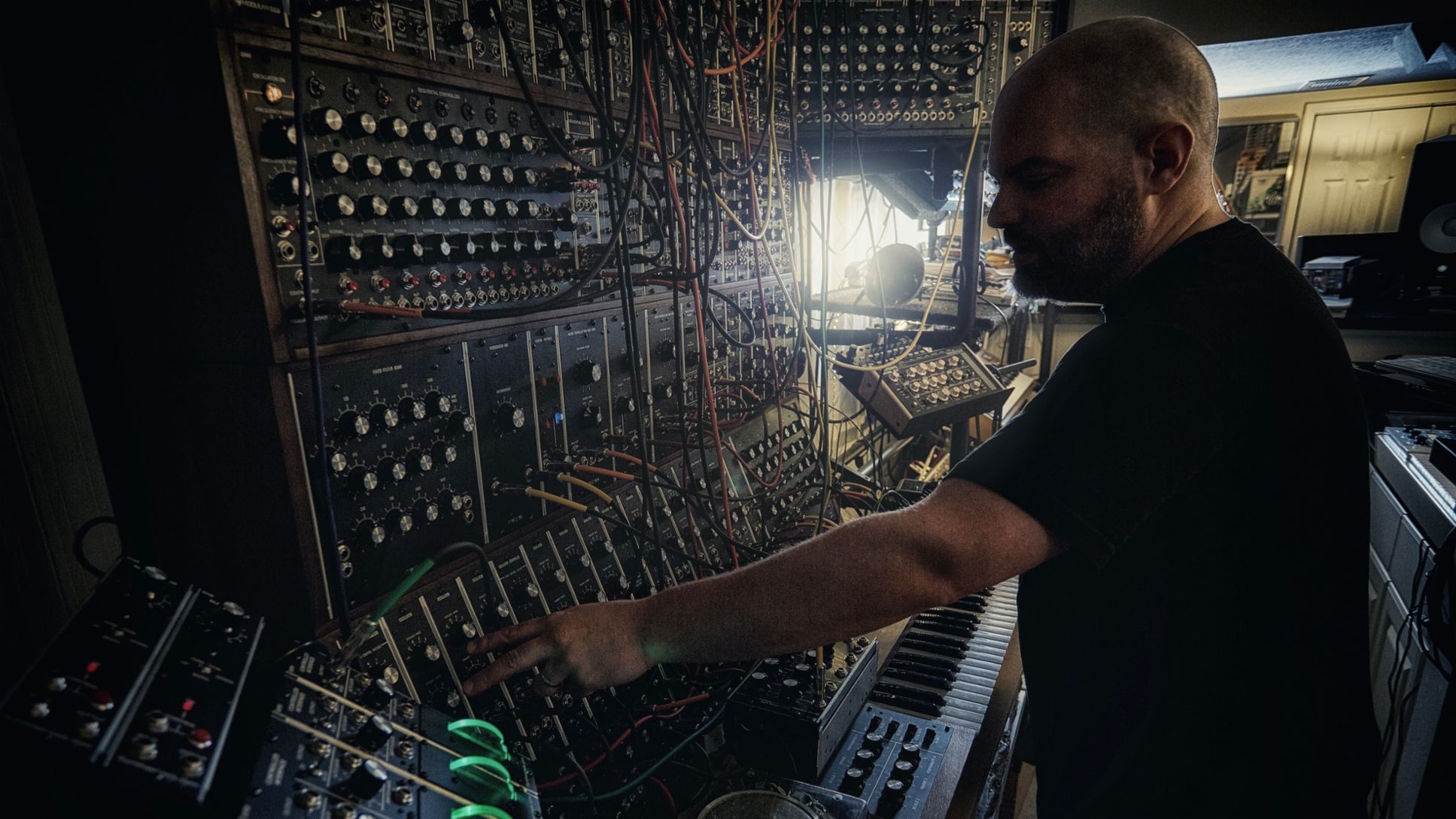
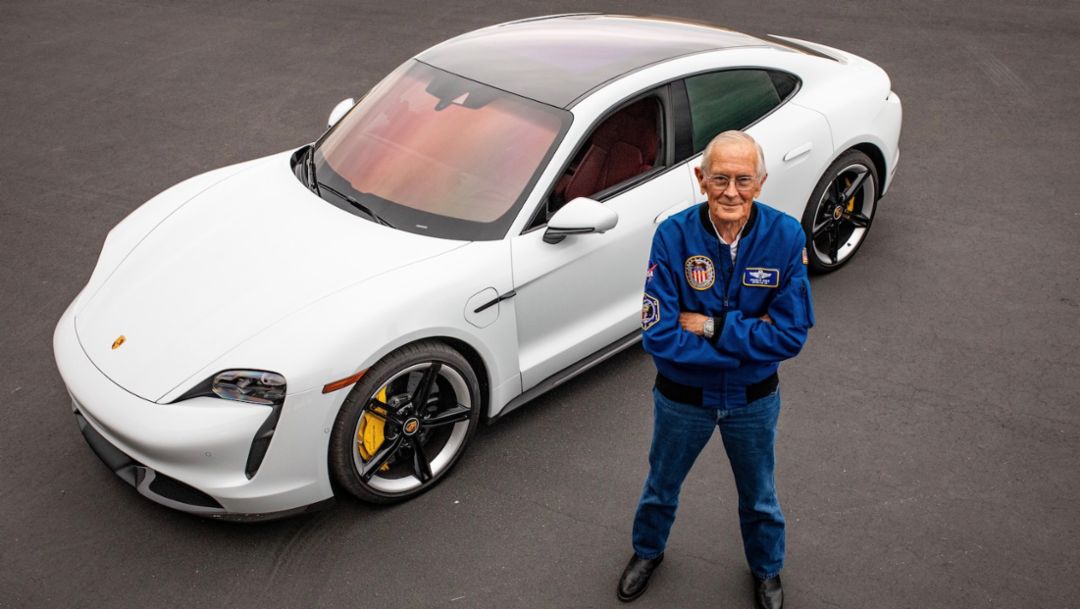
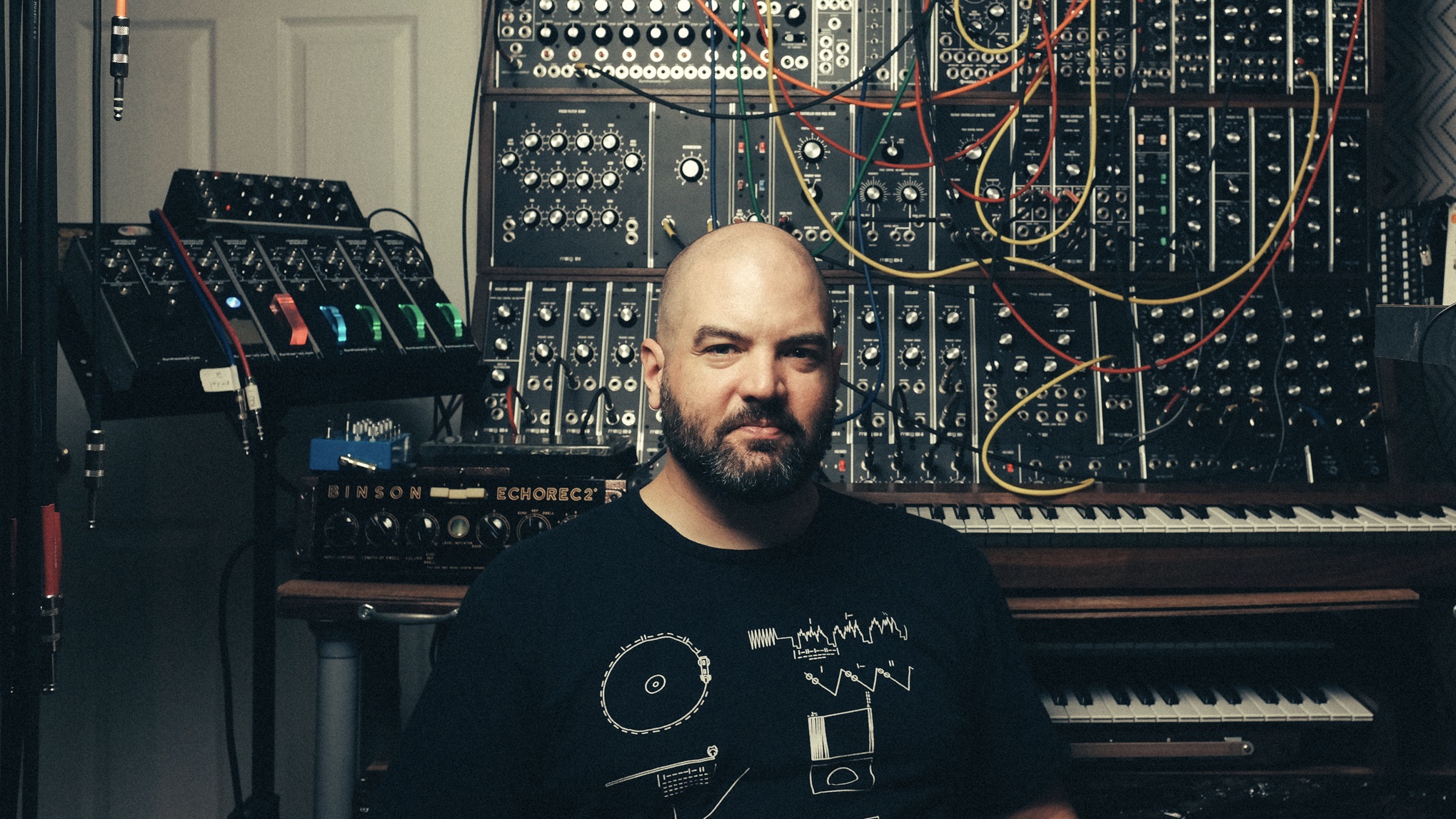
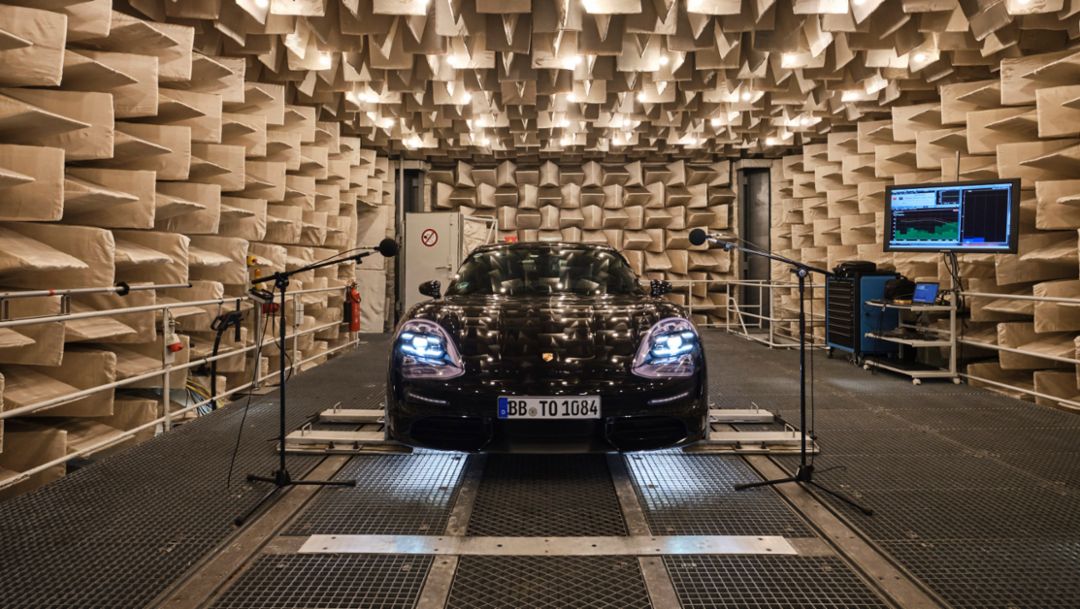
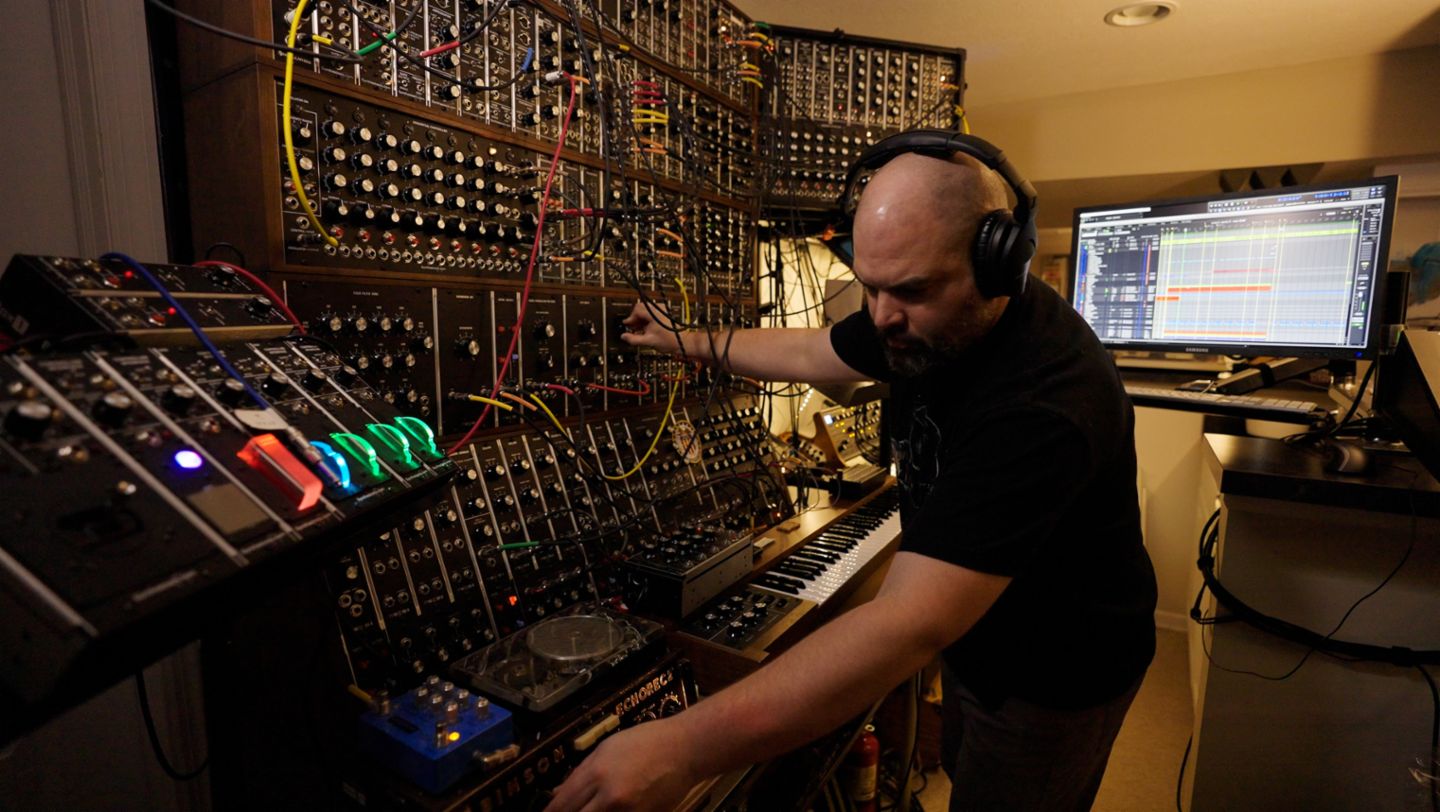
-80-quality.jpeg/jcr:content/Apollo-16-patch-on-Modular-2-(RAW-auto-optimized)-80-quality.jpeg)
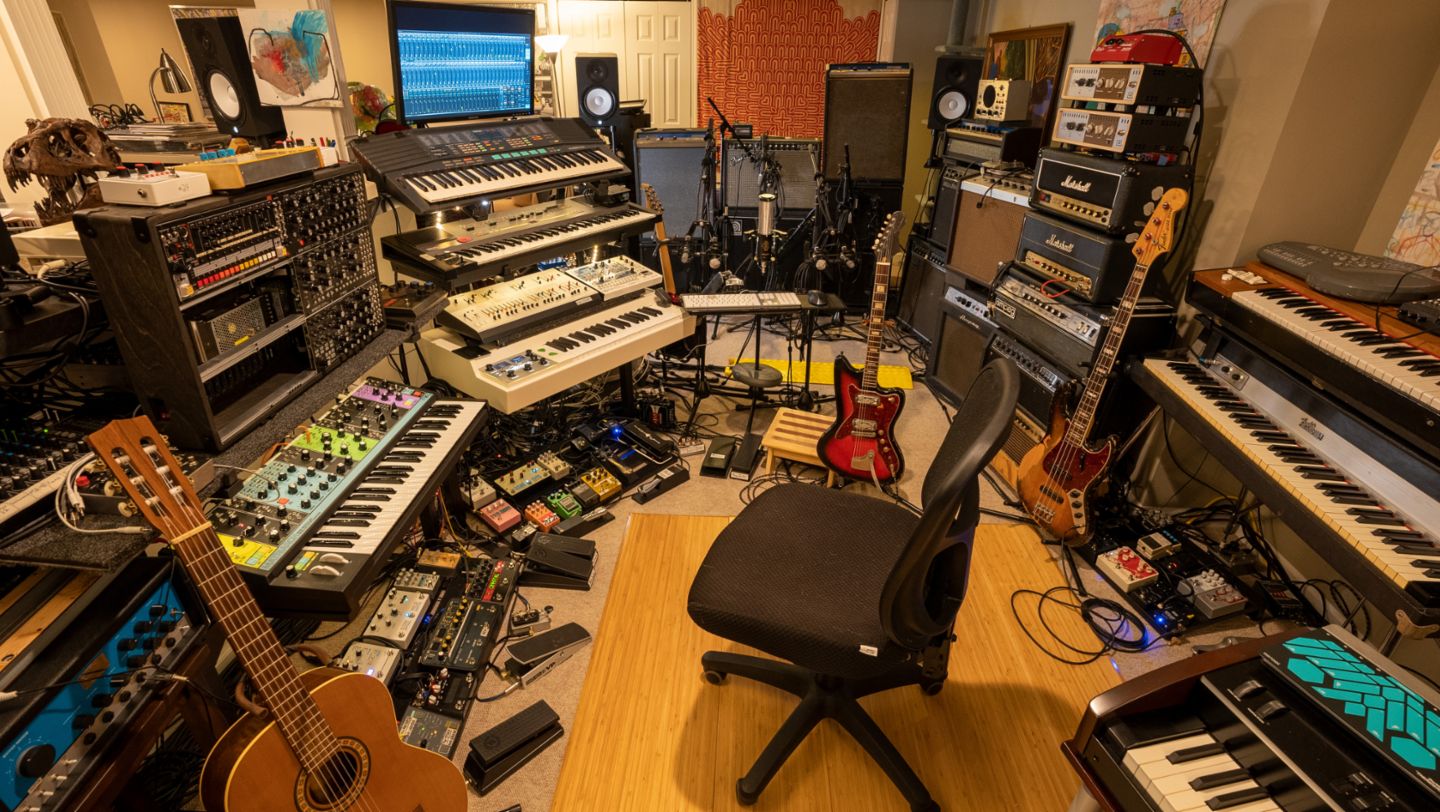
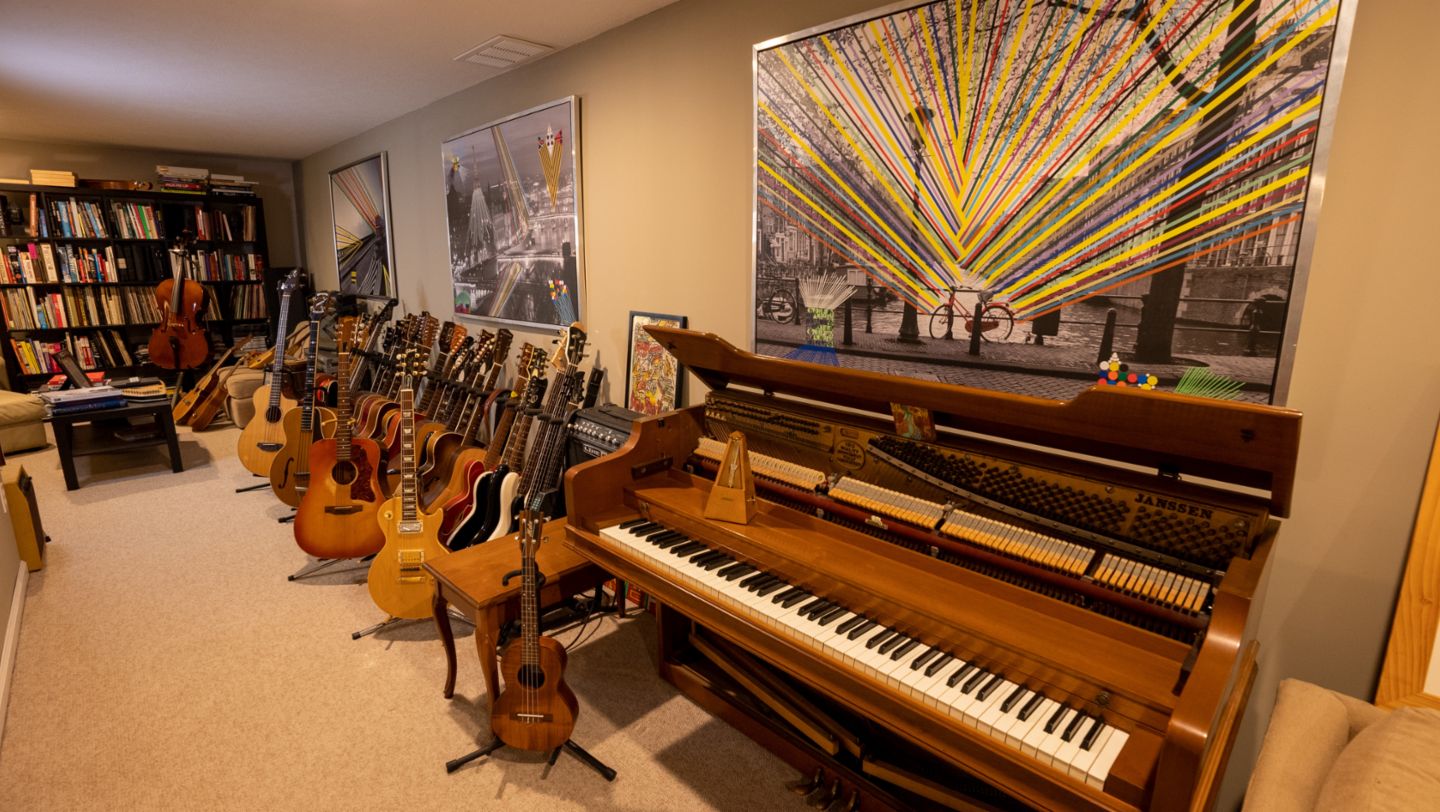
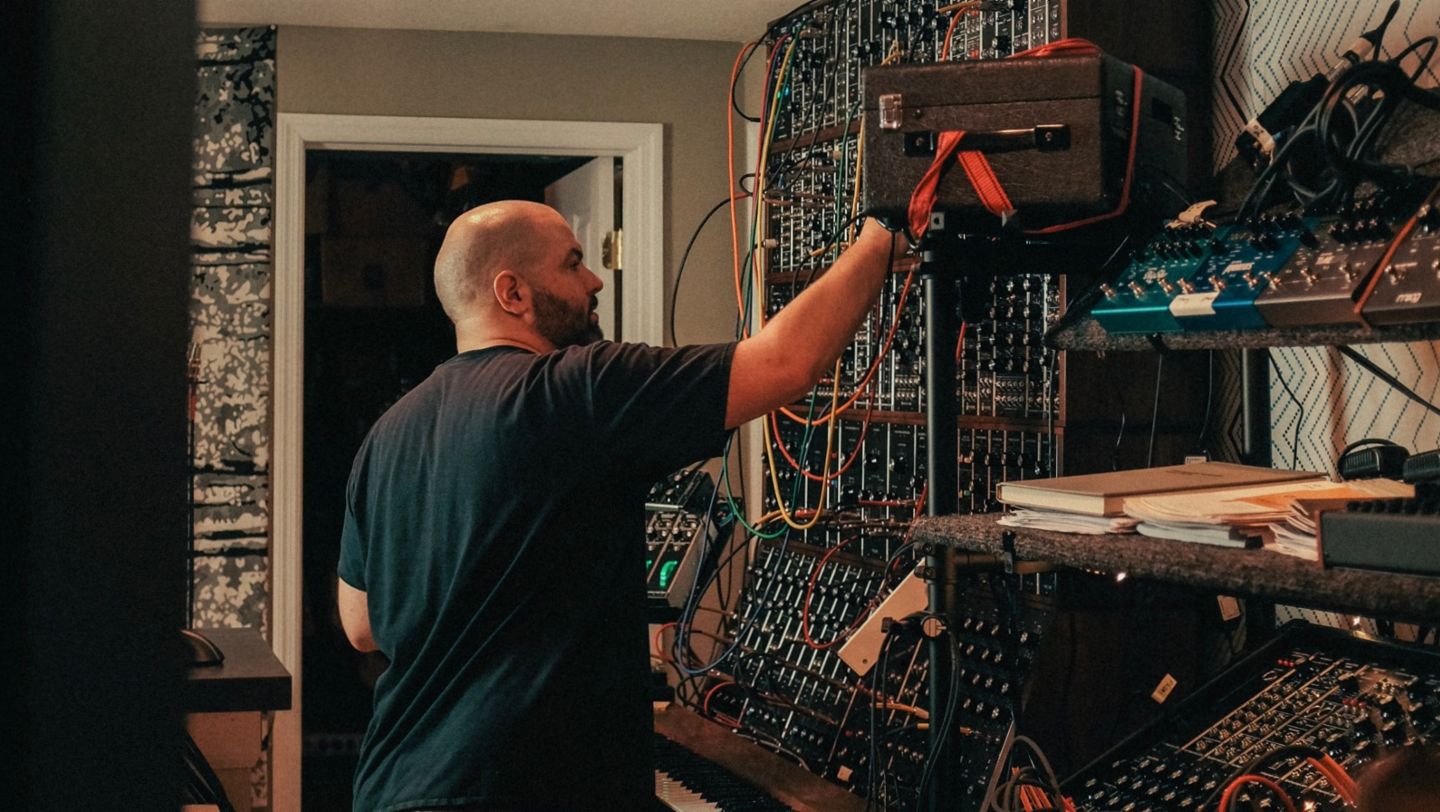
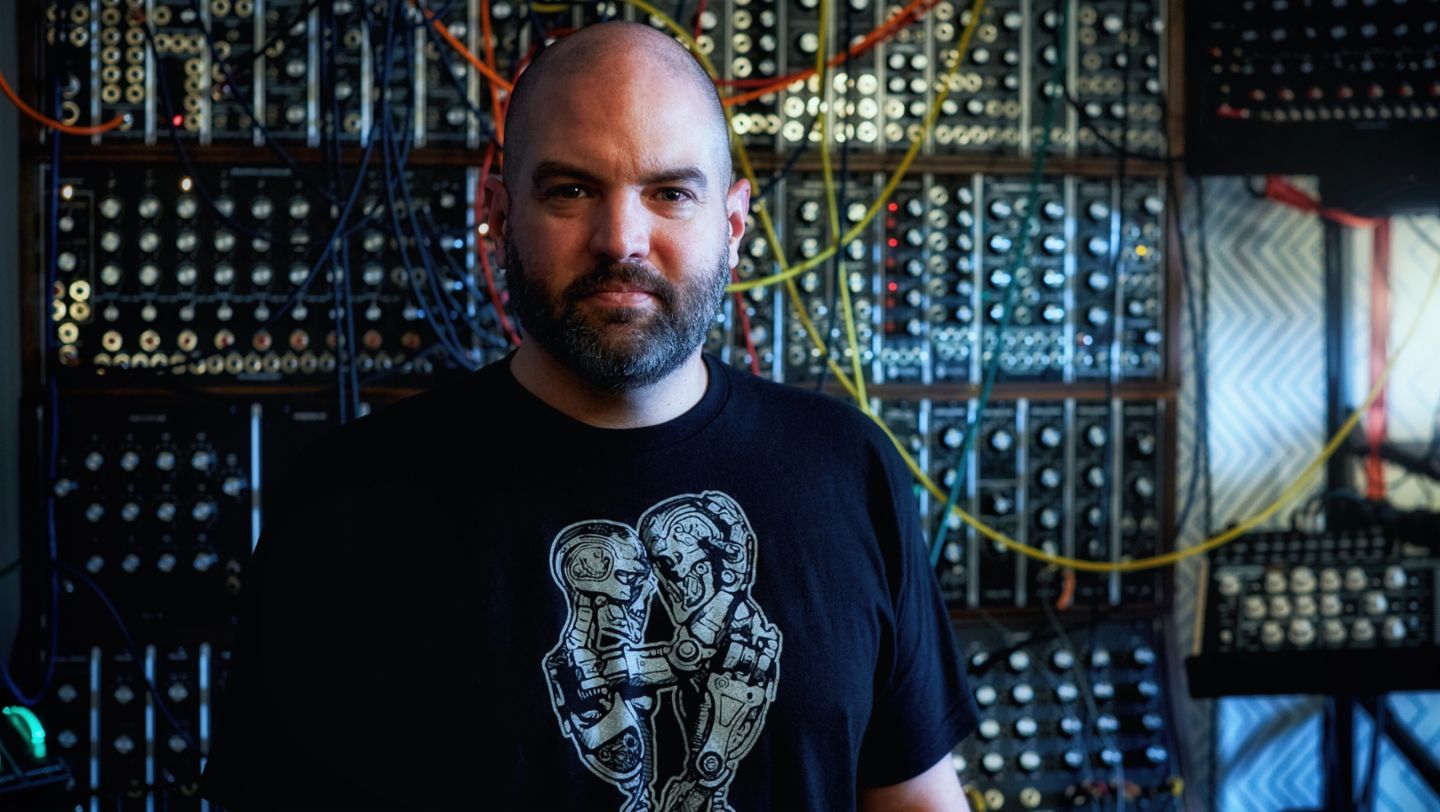
-80-quality.jpeg/jcr:content/Apollo-16-patch-on-Modular-1-(RAW-auto-optimized)-80-quality.jpeg)
